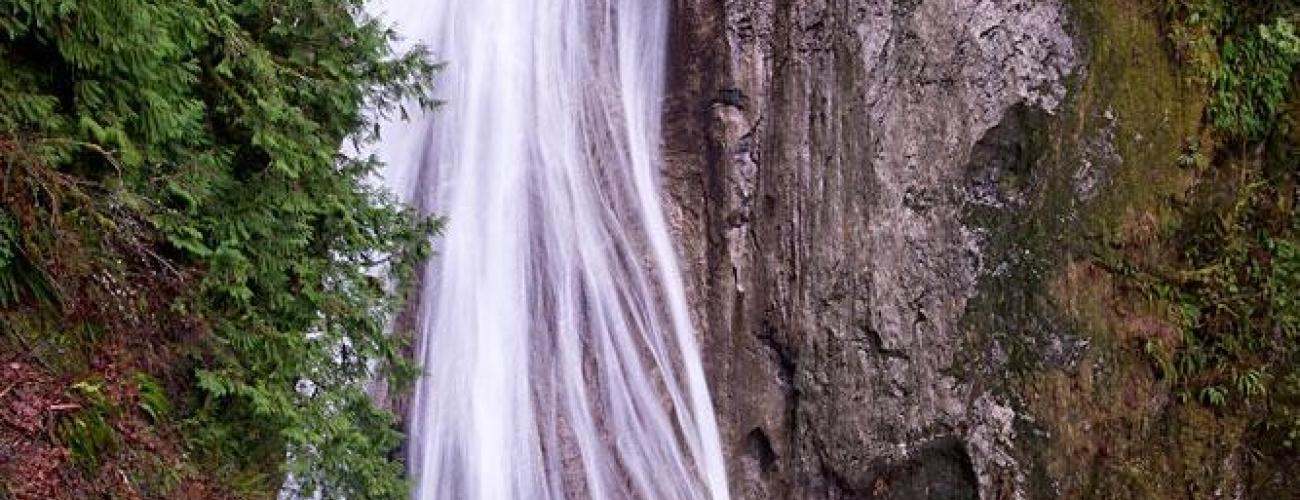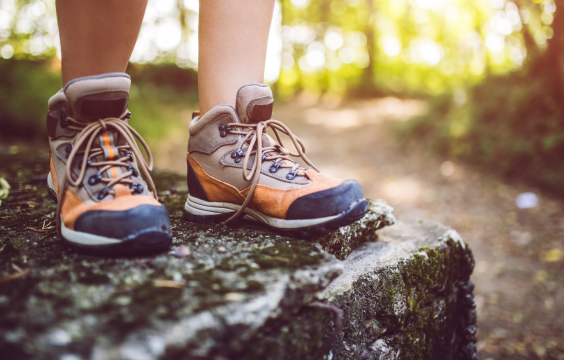We're updating our camping and moorage fees to continue providing great experiences for visitors amid inflation and rising costs. You will see a rate increase for camping stays booked for May 15 and beyond. Moorage fees will increase Jan. 1. Learn more here.
Wilderness Areas
To protect untouched areas of our wild lands, Congress passed the Wilderness Act, creating designated Wilderness Areas within national forests, national parks, and certain other federal lands. Motorized equipment is prohibited in these areas.
About Wilderness
Established by Congress through the Wilderness Act of 1964, "Wilderness" is a special land designation within USDA National Forests and certain other federal lands. These areas were designated so that an untouched area of our wild lands could be maintained in a natural state. Also, they were set aside as places where people could get away from the sights and sounds of modern civilization and where elements of our cultural history could be preserved.
Snowmobiles
Wilderness, as defined by the act, "has outstanding opportunities for solitude or a primitive and unconfined type of recreation." The law prohibits the use of mechanized or motorized equipment, including snowmobiles, in Wilderness Areas (36CFR261.16a). Local managers have no latitude in this matter, except in emergencies.
The law states that possession or use of motorized equipment in Wilderness Areas is punishable by up to $500 and/or six months in jail (36CFR261.1b). Unfortunately, each year more and more people are riding snowmobiles into designated Wilderness Areas, which is a major concern for land managers, the public, and many snowmobile groups. This may be for a variety of reasons; many snowmobile riders may not know where the Wilderness boundaries are or may not realize that an area is closed.
Invasive plants
Invasive plants, including noxious weeds, are a serious threat to natural areas. They out-compete native plants, degrade wildlife habitat, and reduce soil and water quality. They also cause economic losses in natural areas by reducing aesthetics and recreational opportunities. While these weeds can be extremely difficult to remove once they've established anywhere - cropland, rangeland, yards, abandoned lots - they are especially hard to detect and then eradicate in Wilderness Areas.
The Forest Service passed an order [36 CFR 261.58(t)] to help prevent the introduction of new weed seeds into designated Wilderness Areas. Effective January 1, 2007, forage transported into all Wilderness Areas and adjacent trailheads in a national forest is required to be commercially processed feed pellets or certified weed-free hay or straw. Recreational stock users, dog-sledders, cross-country skiers, and road contractors must be aware of the requirements and of Wilderness boundaries. For additional information, visit the Washington State Noxious Weed Control Board website.
Join us in safeguarding winter recreation
Respecting Wilderness boundaries helps everyone. When recreationists take responsibility, they help ensure continued support of winter recreation programs and opportunities, rather than potential closures and stronger enforcement. Some ways you can help include:
- Familiarize yourself with National Forest Service and Wilderness boundaries.
- When snowmobiling, obtain a map and don't cross Wilderness boundaries.
- Know the laws and requirements related to your recreational activity.
- Do not trespass on privately owned property or gated areas.
- Pack it in - pack it out. Keep our forests clean!
- Carry these messages to clubs, groups and friends.
Wilderness boundaries
Maps showing Wilderness Areas (PDF) are posted on bulletin boards at trailheads in all snowmobile Sno-Parks.
For information on how to volunteer to put up / maintain Wilderness Area boundary markers, call your local U.S. Forest Service Ranger District.
This information is made available through the USDA Forest Service, Washington State Parks and Recreation Commission, and the Washington State Snowmobile Association.
Contact information
For more information about snowmobiling opportunities or Wilderness Areas, you may call:
Colville National Forest
(509) 684-7000
Gifford Pinchot National Forest
(360) 891-5000
Mount Baker-Snoqualmie National Forest
(425) 783-6000
Mount Rainier National Park
(877) 270-7155
North Cascades National Park
(360)854-7245
Okanogan-Wenatchee National Forest)
(509) 664-9200
Olympic National Forest
(360) 956-2402
Umatilla National Forest
(541) 278-3716
Washington State Parks and Recreation Commission
(360) 902-8500
Washington State Snowmobile Association
(800),784-9772


